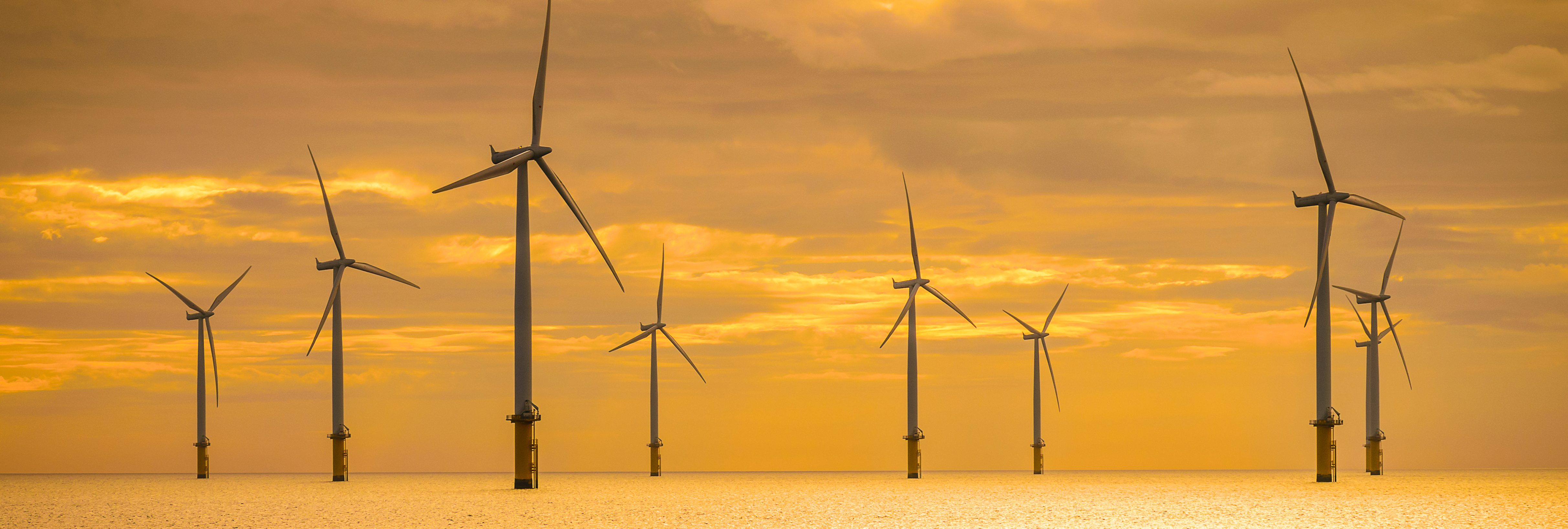No One is Too Small to Make a Difference: How to Choose Renewable Energy Suppliers for Homes and Offices by John Box
This short piece was written by John Box – Chair of CIEEM’s Action 2030 Group.
One of the largest sources of CO2 emissions in any household or office is from the use of electricity and gas for power and heating. Renewable electricity comes from solar, wind or hydropower. Renewable gas is methane derived from anaerobic digestion of green wastes (for example, from food production, agriculture, gardens and horticulture) or from landfill gas. Burning the methane will release CO2 which will be absorbed by vegetation and this, in theory, completes the circle. These sources cannot supply the current gas requirements in the UK.
There is a clear case for switching from renewable gas to renewable electricity which releases no CO2 to the atmosphere. The renewable electricity or gas generated by your green supplier is added to the national grid and what you receive will be a mixture of renewable and non-renewable gas or electricity (and electricity from nuclear power).
Comparisons between renewable energy tariffs and your existing tariff are well worth doing. Suppliers, prices and tariffs are constantly changing. Web searches provide lots of results that take time to work through and understand – start with this article from the consumer champion Which? from September 2019 “How green is your energy tariff? There are more than a hundred renewable electricity tariffs on sale: how do you choose?” https://www.which.co.uk/news/2019/09/how-green-is-your-energy-tariff/. This contains very useful explanations of green/renewable energy and of the Renewable Energy Guarantees of Origin (REGO) that you will come across in the green energy websites. Customer service comparisons are also important.
Check out more of our resources on How You Can Address the Climate Emergency and Biodiversity Crisis.
